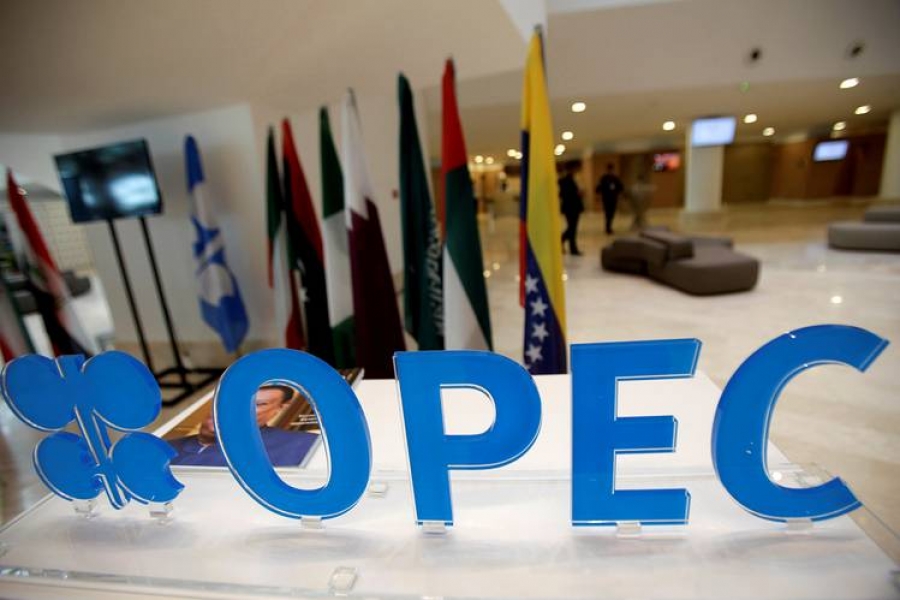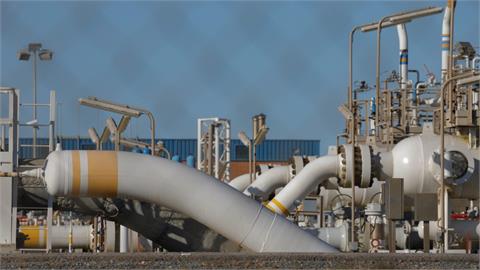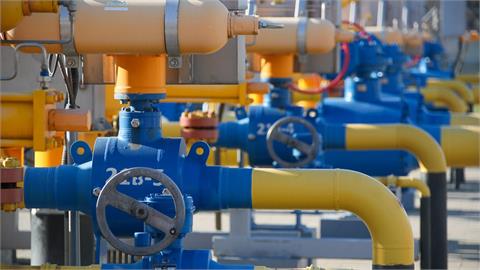As crude prices fell to their lowest level over a year on Nov. 23, OPEC is facing another dilemma - a Deja Vu of the price slump in 2014, but this time the choice looks harder for the cartel that faces the full force of greater U.S. shale oil output. The choice for the cartel is a difficult one when member states and other producers, including Russia, Kazakhstan and Mexico, also known as OPEC+, meet in Vienna on Dec. 6.
By Ovunc Kutlu
As crude prices fell to their lowest level over a year on Nov. 23, OPEC is facing another dilemma - a Deja Vu of the price slump in 2014, but this time the choice looks harder for the cartel that faces the full force of greater U.S. shale oil output. The choice for the cartel is a difficult one when member states and other producers, including Russia, Kazakhstan and Mexico, also known as OPEC+, meet in Vienna on Dec. 6.
Cutting significant output from the market would raise oil prices and give OPEC+ countries more revenue, which is crucial for their economies that are highly dependent on revenues from oil and natural gas sales. An output cut for OPEC+ would also mean losing market share to American shale oil producers, who already have adapted to low prices and carried the U.S.' crude production to a record high level. There is, on the other hand, an option to keep production unchanged for OPEC+ in order to preserve their market share against American shale producers. Nonetheless, this choice would push crude prices even lower and significantly reduce the members' revenues and hurt their economies
-Deja Vu of 2014
When Brent crude had begun falling from $115 a barrel in June 2014 to around $80 in November 2014, all eyes turned to OPEC. Its heavyweight Saudi Arabia acted for over 50 years as a swing producer to bring balance to the global oil market when prices fell too low or rose too high. Then Saudi Minister of Petroleum and Mineral Resources, Ali Al-Naimi, in late November 2014 took a stance against American oil producers and their rising shale output. It was the glut of supply in the global oil market that led to the price decline and Al-Naimi's strategy was simple. With Saudi leadership, he did not allow OPEC to cut production but allowed prices to drop further in order to draw out shale producers that had high production costs.
The result was a disaster for the market. Prices fell below $30 a barrel in January 2016, their lowest level in more than a decade. In the U.S., around 250 oil companies went bankrupt, approximately 250,000 oilfield workers lost their jobs, and more than $250 billion in capital was lost between 2014 and 2017. In response, the surviving American shale producers turned leaner and more practical by cutting their costs, learned to adapt to low oil prices to keep on producing, and adopted high technology and an efficiency regime that became known as Shale 2.0.
U.S. shale firms had a break-even price as high as $80 a barrel in 2016, but this has recently lowered to $30 per barrel in some parts of the oil-rich Permian Basin in western Texas and eastern New Mexico. In July 2016, the U.S.' crude oil production experienced a low point of 8.42 million barrels per day (mbpd), but bounced back and climbed steadily to reach 11.7 mbpd for the week ending Nov. 9, according to the Energy Information Administration (EIA) data. This level has set an all-time high for the U.S. and made the country the world's top producer outranking Russia and Saudi Arabia. Oil production in the Permian Basin has increased so much and is projected to climb further to 3.7 mbpd in December, according to the EIA, that pipeline capacity is now inadequate at around 2.2 mbpd. An addition of 2.7 mbpd of capacity is estimated for 2019 plus an additional 2 mbpd in 2020.
- OPEC's dilemma
With the EIA’s projections of the need for additional capacity and with U.S. oil production estimated to reach 12.1 mbpd in 2019, cutting output for OPEC would only raise prices and encourage U.S. shale producers to bolster their production to gain further global market share, a trend that had been seen in 2017. OPEC members agreed in late 2016 to lower oil production by 1.2 mbpd down to 32.5 mbpd, marking the first production cut by the cartel in eight years.
Supported by over-compliance, the output cut pushed oil prices up, but also led to an output increase from U.S. shale producers. Nonetheless, OPEC+ members could keep their output unchanged on Dec. 6, but this would keep prices low, or even push them lower with the rising glut of supply around the world.
The outcome of this choice would be destructive for the economies of OPEC+ countries and was previously seen last during the 2014-2016 oil price slump. Saudi Arabia, for instance, was reported to have lost approximately $250 billion in cash assets between August 2014 and July 2017, according to the Saudi Arabian Monetary Agency, the kingdom's central bank. Since low oil prices bring down natural gas prices, Russia's loss was estimated at around $400 billion, according to the Economic Expert Group, an independent Russian firm.
- Avoiding backlash from Trump
Saudi Arabia's oil production was reported Monday, Nov. 26 of reaching a record high level of 11.2 mbpd, from around 10.85 mbpd earlier this month. The kingdom could even increase this level before Dec. 6, so when it trims output, the cut would not significantly impact its revenues or its economy.
U.S. President Donald Trump blamed OPEC for high oil prices on numerous occasions but was supportive of Saudi Arabia on Nov. 20 despite the killing of journalist Jamal Khashoggi. He also thanked Saudi Arabia on Nov. 21 for keeping prices low and wrote on Twitter: "let’s go lower!" The week before, Trump wrote on social media: "Hopefully, Saudi Arabia and OPEC will not be cutting oil production. Oil prices should be much lower based on supply!"
Saudi Arabia could alone cut its own production by 1 mbpd to avoid facing further criticism from Trump and keep the strategic U.S.-Saudi relationship firm. Another possibility could be in OPEC extending its 2016 decision of cutting 1.2 mbpd of production into 2019. Then the cartel could over-comply by cutting more output each month in 2019 to move prices steadily higher. This, of course, could eventually lead to more criticism from Trump who wants to see lower oil and gasoline prices for the American people.
(Anadolu Agency)




